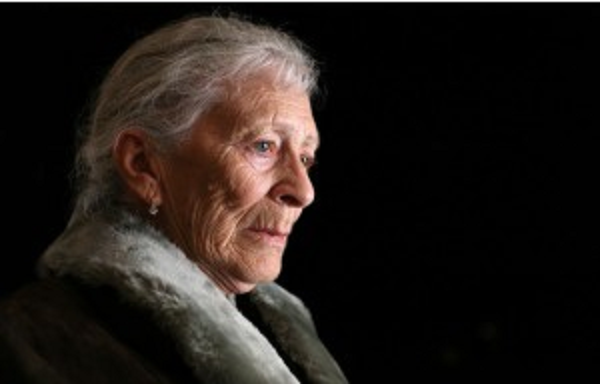There is a seven-fold unexplained variation in rates of euthanasia across The Netherlands, reveals an analysis of health insurance claims data, published online in the journal BMJ Supportive & Palliative Care.
It’s not clear if these differences relate to underuse, overuse, or even misuse, say the researchers.
Official data show that the number of euthanasia cases has risen more or less continuously since 2006, reaching 6,361 in 2019. These cases make up just a small proportion of all deaths, but they have doubled from just under 2% in 2002 to just over 4% in 2019.
To explore this further, the researchers analysed national insurance data, covering all healthcare claims for the 12 months preceding the deaths of Dutch residents between 2013 and 2017.
They focused on euthanasia carried out by family doctors, which comprised 85% of all euthanasia cases, to calculate rates for 90 regions, 388 municipalities, and 196 districts in the three largest Dutch cities: Amsterdam; Rotterdam; and The Hague.
Some 25,979 claims for euthanasia were made between 2013 and 2017, with slightly more men than women opting for the procedure every year. The average age increased from 71 in 2013 to 73 in 2017.
The numbers of procedures varied widely across the country. The regions with the highest proportion of euthanasia cases as a proportion of all deaths, referred to as the euthanasia ratio, had roughly five times more euthanasia deaths than in the regions with the lowest.
Click here to sign up for pro-life news alerts from LifeNews.com
There were also striking differences between the three largest cities in the Netherlands.
In Amsterdam, in the three districts with highest rates of euthanasia, the proportion of these deaths was between nearly 12% and around 14.5% higher than in Rotterdam, where the proportion remained more or less static at around 6%. In The Hague the rate of euthanasia in the three districts with the highest rates of euthanasia, the proportion of these deaths rose from nearly 7.5% to more than 11%.
Throughout the five years, the rate in the top three municipalities was 25 times higher than that of the bottom three.
Age, church attendance, political orientation, income, subjectively assessed health, and availability of community volunteers all emerged as potentially influential factors.
For example, in regions with relatively high numbers of 45-64 year olds, people were more likely to opt for euthanasia while in regions with a high proportion of church goers, they were less likely to do so.
Similarly, progressive political views were associated with higher rates of euthanasia while a higher percentage of community volunteers was linked to lower rates.
Higher rates of euthanasia were also associated with higher household income and good self-reported mental and physical health, possibly because the well off and the healthy may be more inclined to ask for assistance in dying when they do suffer, suggest the researchers.
After accounting for these factors, there was still a 7-fold geographical difference in rates of euthanasia across the country, for which there was no obvious explanation.
“The unexplained part of the variation may include the possibility that part of the euthanasia practice may have to be understood in terms of underuse, overuse or misuse,” suggest the researchers.
LifeNews Note: Michael Cook is editor of BioEdge where this appeared.








